
-
Find the right food for your petTake this quiz to see which food may be the best for your furry friend.Find the right food for your petTake this quiz to see which food may be the best for your furry friend.Health CategoryFeatured products
 Perfect Weight & Joint Support Large Breed Chicken & Brown Rice Recipe Dog Food
Perfect Weight & Joint Support Large Breed Chicken & Brown Rice Recipe Dog FoodThis weight management and mobility support dog food was created with Hill’s unique understanding of the biology of overweight dogs
Shop Now Adult Salmon & Brown Rice Recipe Dog Food
Adult Salmon & Brown Rice Recipe Dog FoodSupports lean muscle and beautiful coat for adult dogs
Shop Now Adult 7+ Healthy Cuisine Roasted Chicken, Carrots & Spinach Stew Dog Food
Adult 7+ Healthy Cuisine Roasted Chicken, Carrots & Spinach Stew Dog FoodDelicious roasted chicken paired with tender vegetables in a succulent stew
Shop NowFeatured products Adult Salmon & Brown Rice Recipe Cat Food
Adult Salmon & Brown Rice Recipe Cat FoodSupports lean muscle and beautiful fur for adult cats
Shop Now Adult Urinary Hairball Control Tender Chicken Dinner Cat Food
Adult Urinary Hairball Control Tender Chicken Dinner Cat FoodPrecisely balanced nutrition to support urinary health from kidney to bladder. With natural fibre technology to help reduce hairballs.
Shop Now Adult Perfect Weight with Chicken Cat Food
Adult Perfect Weight with Chicken Cat FoodBreakthrough nutrition for your cat’s healthy weight maintenance and long-lasting weight support
Shop Now -
DogCat
- Cat Tips & Articles
-
Health Category
- Weight
- Skin & Food Sensitivities
- Urinary
- Digestive
- Kidney
- Dental
- Serious Illness
-
Life Stage
- Kitten Nutrition
- Adult Nutrition
Featured articles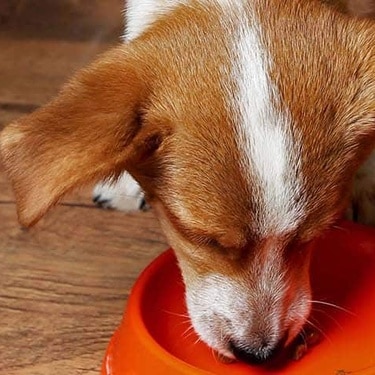 The Right Diet For Your Pet
The Right Diet For Your PetLearn what to look for in healthy pet food & nutrition, including ingredients, quality of the manufacturer, your pet's age, and any special needs they have.
Read More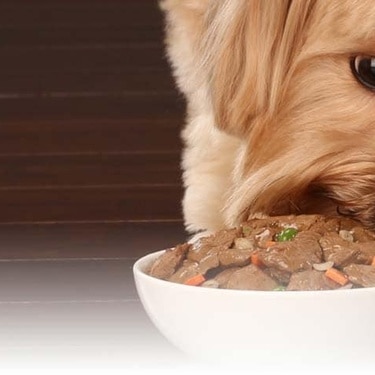 Pet Food Storage Tips
Pet Food Storage TipsWhere you store your cat and dog food can make a big difference in the quality and freshness once it is opened. Here are some common questions and recommendations for optimal storage for all of Hill’s dry and canned cat and dog food.
Read More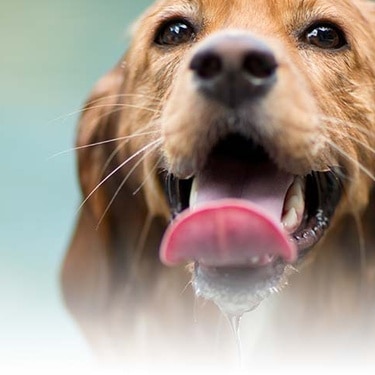 Water
WaterWater is the most important nutrient of all and essential for life. Animals can lose almost all their fat and half their protein and still survive, but if they lose 15% of their water, it will mean death.
Read More -


Your kitty constantly winks at you, and you've noticed them rubbing their eyes. It's allergy season, which has your own eyes burning and itching as well. Could your kitty simply be suffering from allergies, or is there a more serious problem going on? Cat eye care is an important factor in the overall health of your pet, and understanding cat eye problems can help you prevent serious complications to your cat's vision.
While cats aren't quite as susceptible to eye problems as dogs tend to be, when cats do develop eye problems they are often chronic, notes Animal Eye Care. Here are six eye disorders you're likely to encounter:
1. Conjunctivitis
Also known as "pink eye," conjunctivitis occurs when the mucous membrane that lines both the outside of the eyeball and the inside of the eyelid becomes inflamed. As with pink eye in humans, this condition is highly contagious, although the feline version can only be passed between cats.
Causes: Conjunctivitis typically results from an upper respiratory illness caused by either a virus or a bacterial infection, says Green Cross Vets.
Signs and symptoms: The most telling symptom is runny eyes. Eye discharge might be clear or be grey, yellow, green or even a dark, rusty red colour. The inside of the eye may appear swollen and/or reddened, and either one or both eyes may be affected. Other signs of upper respiratory illness, such as sneezing or nasal discharge, might also be present.
Treatment: Typically, conjunctivitis is treated with topical antibiotics in the form of drops or ointment. If an upper respiratory illness is present, your vet may treat that as well. One type of infection that often results in this eye disorder is FHV-1, or Feline Herpes Virus. If this is determined to be the cause, your veterinarian may prescribe further treatments to control this virus and prevent further flare-ups.
2. Additional Eye Infections
Conjunctivitis is not the only eye infection your cat can experience. Other eye infections are common ailments in cats. They're often the result of an upper respiratory infection that spreads to the eyes. Whether or not eye infections are contagious depends on the underlying cause of the infection.
Causes: Eye infections can be caused by a number of culprits, including bacteria, viral infections, fungi and parasites.
Signs and symptoms: Rubbing and squinting are common signs that your cat might have an eye infection. Other symptoms include redness and swelling, eye discharge, as well as sneezing and nasal discharge.
Treatment: Typically, your vet will treat the underlying infection that's causing the eye discomfort. For mild infections, it's not uncommon to focus on treating the symptoms by providing rest, keeping the eyes clear of discharge, and providing a healthy diet and plenty of hydration. Severe infections might be treated with topical ointments or eye drops, and possibly also systemic antibiotics.
3. Irritation
While cats don't generally suffer from the type of allergies that result in itchy, watery eyes, irritants in their environment can produce a similar effect.
Causes: For cats, eye irritants can include strong fragrances, such as perfume, cleaning chemicals, tobacco smoke and dust. Just about anything that gets in your cat's eye can cause an irritated reaction.
Signs and symptoms: Watch for signs of discomfort such as squinting or rubbing, as well as redness and discharge. If it's clear that irritation is causing your cat's symptoms and they're willing to allow it, try rinsing out their eyes with an eye-wash solution. However, because symptoms of irritation are nearly identical to those of more serious conditions, it's best to consult your vet if you notice any signs of eye discomfort. It's also a good idea to remove the irritant from the home if you are aware of what is causing their discomfort.
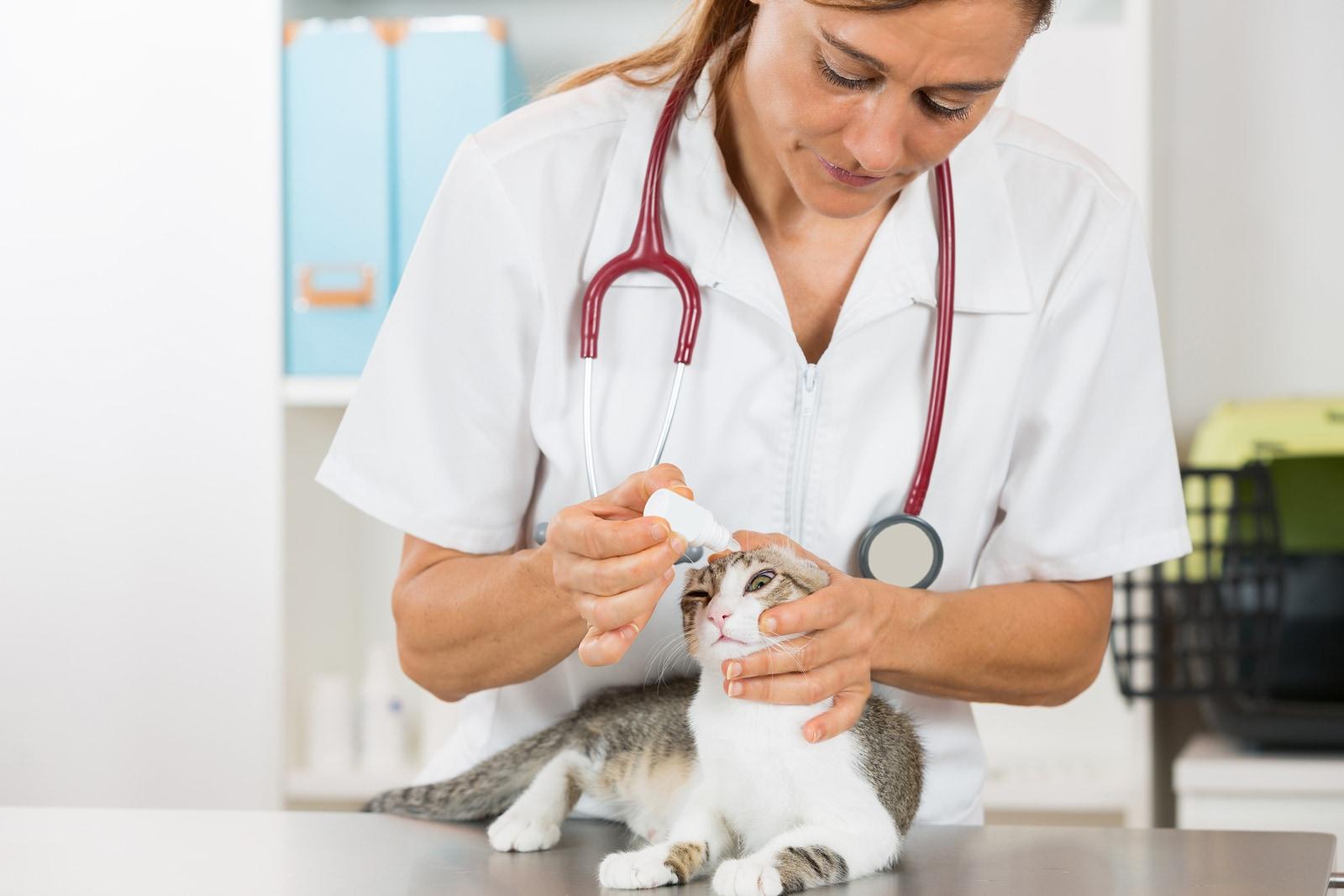


Tasty Tips
4. Corneal Ulcers
A potentially serious condition, corneal ulcers are open sores on the surface of the eye which may cause the affected part of the eye to become cloudy in appearance.
Causes: Corneal ulcers can result from eye injuries, chronically dry eyes, or anatomical abnormalities. They can also be caused by eye infections, especially those that go untreated.
Signs and symptoms: Besides cloudiness in the affected area, signs of corneal ulcers include rubbing and squinting, obvious eye pain, redness and discharge.
Treatment: Mild ulcers often heal once the underlying cause is treated, though your vet might also prescribe antibiotic ointment or drops as well as something to relieve your cat's pain. Ulcers that go deep into the eye may require surgery. With proper treatment, corneal ulcers are usually curable, but if left untreated they could result in permanent blindness and even disfigurement.
5. Glaucoma
This condition results from pressure in the eye caused by a buildup of excess fluid. Glaucoma is a serious condition that should be treated as quickly as possible in order to prevent permanent blindness or disfigurement.
Causes: A number of things can prevent eye fluid from draining, leading to the buildup that causes glaucoma. These include anatomical abnormalities, eye infections, inflammation, eye trauma and tumours. Some cats have a genetic predisposition toward this disorder, in which case it's not uncommon for both eyes to be affected.
Signs and symptoms: Cats experiencing glaucoma will generally show signs of significant pain, which may include eye rubbing and squinting, withdrawing from people and yowling or crying. Eyes may appear cloudy, runny or reddened. In severe cases the eyeball itself may appear swollen.
Treatment: If you suspect your cat might be suffering from glaucoma, get them to a vet immediately. The sooner the increased pressure within the eye can be reduced, the better the chance of saving the eye. In mild cases, glaucoma resolves itself once the underlying cause is dealt with, but more severe cases may require ongoing management to prevent excessive fluid buildup. In the worst cases, it may be necessary to remove the eye.
6. Cataracts
A cataract is a cloudy area that develops on the eye lens, blocking light from reaching the back of the eye, which results in loss of vision, and in some cases blindness.
Causes: While cataracts can simply be a result of aging, they can also be caused by diabetes mellitus or by inflammation of the eye's uvea. Cataracts may result from an electric shock or exposure to radiation or a toxic substance. They can also be an indication of calcium deficiency.
Signs and symptoms: A cataract will give the eye a milky, cloudy appearance. However, cataracts typically aren't visible until they're advanced enough to significantly impair vision, in which case your cat may show signs of vision loss, such as bumping into objects or moving slowly, especially in dim lighting. If cataracts are caused by diabetes mellitus, your cat may manifest symptoms like weight loss, excessive thirst and frequent urination.
Treatment: You should see a vet to rule out non-age-related causes, which will need to be treated separately if present. As for the cataracts themselves, surgery to remove them and restore vision is an option, although you may find that your cat is able to adapt well to vision loss as long as they're kept indoors and out of dangerous situations.
Cat Eye Care
If your cat is showing any signs of eye problems, it's important that you take them to a vet right away. Because various conditions share so many symptoms, it's impossible to diagnose eye problems correctly without an examination. Trying to guess what the problem is or waiting to see if it will clear up on its own wastes time that could be crucial to saving your cat's eye if the condition turns out to be serious.
Regardless of whether your cat shows any signs of eye problems, good cat eye care can help prevent such problems from developing in the first place. Feeding your cat a high quality meat-based cat food, staying up-to-date on vaccinations, keeping them indoors and limiting their exposure to strange cats who might be contagious can all go a long way toward protecting your cat's eyes—not to mention their overall health and quality of life.


Jean Marie Bauhaus is a pet parent, pet blogger, and novelist from Tulsa, Oklahoma, where she usually writes under the supervision of a lapful of fur babies.
Related products

Precisely balanced nutrition to support urinary health from kidney to bladder. With natural fibre technology to help reduce hairballs.

Breakthrough nutrition for your cat’s healthy weight maintenance and long-lasting weight support

Supports lean muscle and beautiful fur for adult cats

Delicious turkey chunks in gravy with omega-3 fatty acids for eye health and brain development in kittens, and high-quality protein to support muscle growth. Balanced levels of minerals for strong bones and teeth.
Related articles

Being overweight puts a cat at risk for developing many serious health issues. Weight gain indicates an increase in body fat and usually results when your cat eats too much and exercises too little.
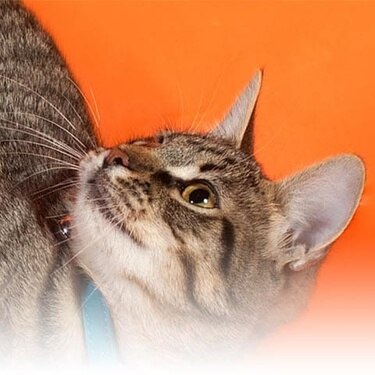
As a responsible pet owner you owe it to yourself and your cat to understand problems associated with overweight cats.

HillsPet Nutrition provides information on proper nutrition, fitness and special needs in keeping your cat healthy and happy.
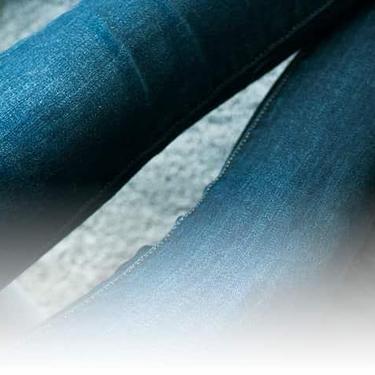
Get helpful information on proper feline oral healthcare and why it's so vital to take care of your cat's teeth.
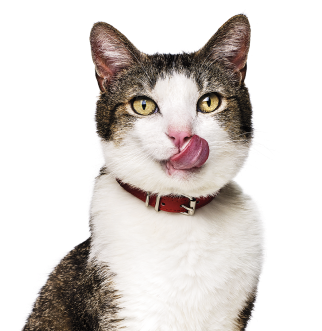
Put your cat on a diet without them knowing
Our low calorie formula helps you control your cat's weight. It's packed with high-quality protein for building lean muscles, and made with purposeful ingredients for a flavorful, nutritious meal. Clinically proven antioxidants, Vitamin C+E, help promote a healthy immune system.
Put your cat on a diet without them knowing
Our low calorie formula helps you control your cat's weight. It's packed with high-quality protein for building lean muscles, and made with purposeful ingredients for a flavorful, nutritious meal. Clinically proven antioxidants, Vitamin C+E, help promote a healthy immune system.

